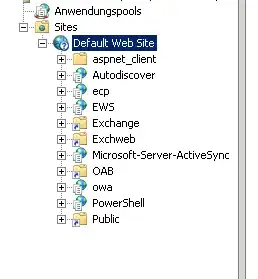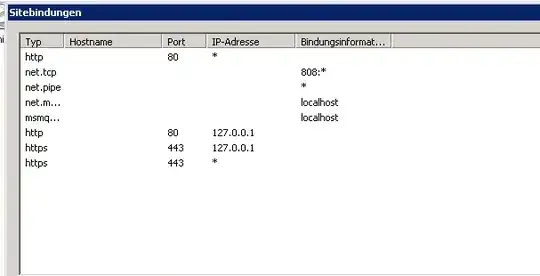Quick EDIT:
In case anyone wants to feel like correcting me... Yes you can use SNI to achieve a quasi multiple certs on one website, but I have not gone into any of these as they involve far more work than the option below. The below is what I have seen done by all IT professionals my whole career. --End EDIT
You CANNOT use two different certificates for one website. This is universal and not related to Exchange. Since Exchange leverages IIS for its web services you cannot do this. You have two options:
When you buy your new public cert add BOTH domain names. Add your external address as the primary and add your internal address as an additional SAN. This way when clients request the web services using either addresses, they will match a name on the cert. This is probably your easiest approach.
You other approach is to not use NAT and use a reverse proxy. A reverse proxy presents a web front end to outside world - in your case to listen on the external URL and use the public cert for this. Then configure the rules on reverse proxy to "proxy" any requests to this URL to come out the back end as your internal name. A reverse proxy actually creates an end-to-end encryption to the external user using the public cert, and "proxies" the traffic through to the internal side using local cert on the IIS server using the local name (it "translates" the URL from external to internal one). If you are unfamilar with reverse proxies do a google, the concept isn't that hard to get.

